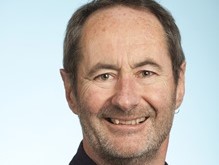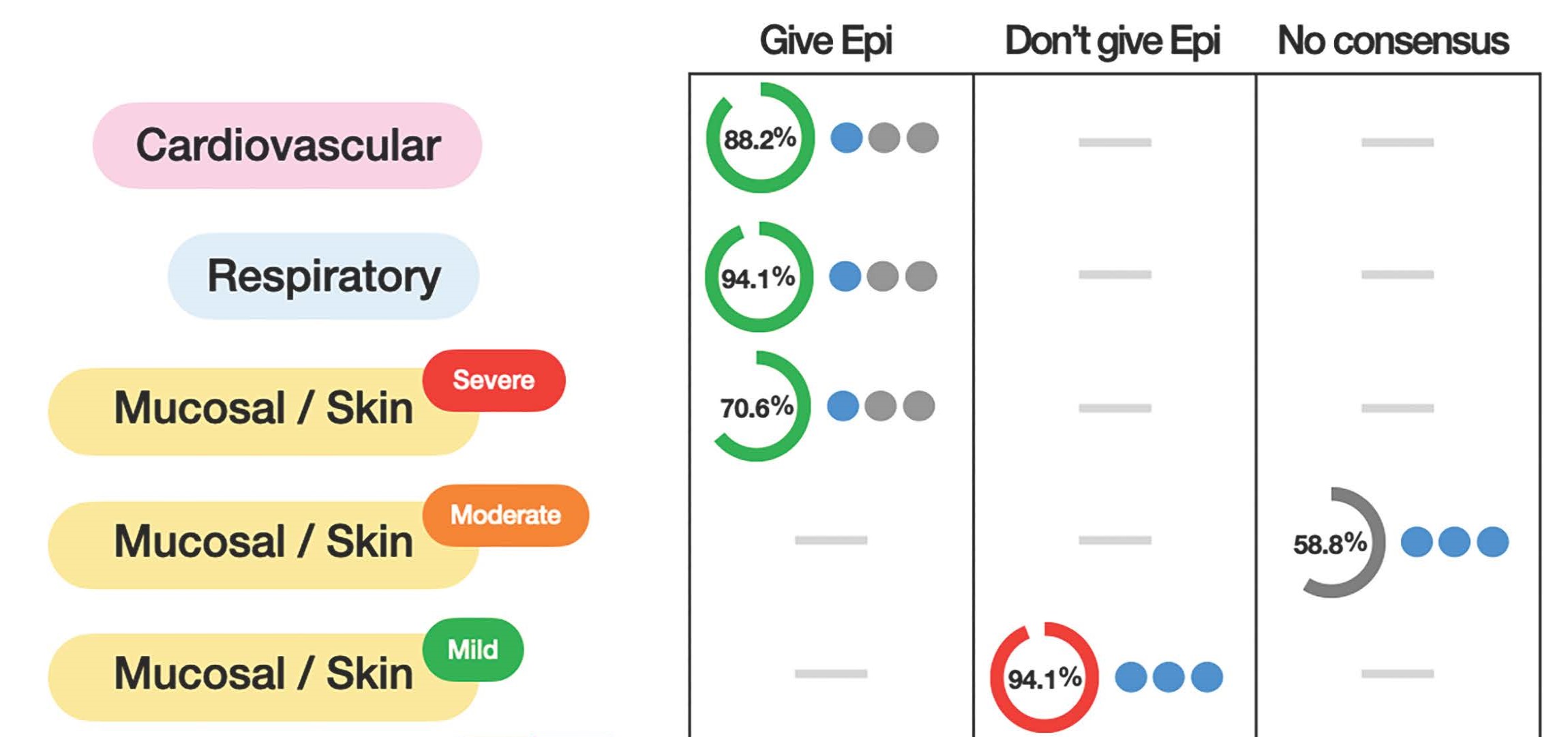Millennials Have Surprising Levels of Hearing Loss
Research By: Lina Motlagh Zadeh, PhD | David R. Moore, PhD
Post Date: November 4, 2019 | Publish Date: Nov. 4, 2019

Study of more than 100 adults led by experts at Cincinnati Children’s finds more than half of participating 20-somethings had at least some difficulty understanding speech in noisy conditions.
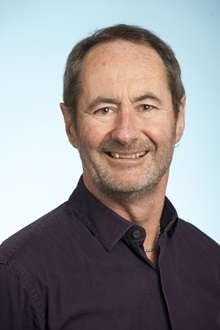
Understanding speech in noisy environments is a difficult but essential communication skill that varies widely between individuals. Researchers at Cincinnati Children’s examined how ‘extended’ high frequency (EHF) sounds, beyond the range routinely tested in hearing clinics, contribute to this poorly understood skill.
Their findings, published online Nov. 4, 2019, in the Proceedings of the National Academy of Sciences, showed that younger adults have a surprisingly high rate of EHF hearing loss, which contributed to their self-reported difficulty hearing. These results suggest that EHF should be added to the range of sound considered important for hearing speech.
The first sign of age-related hearing loss is almost always difficulty understanding speech in noisy environments and this can occur well before a hearing loss is found. As part of her PhD research, Lina Motlagh Zadeh, a post-doc researcher in my lab, recruited 116 adults (ages 20 to 62) with clinically normal hearing in both ears.
Looking for EHF hearing loss in adolescents, or even in younger children, may lead to early diagnosis and prevention.
Of these listeners, 64% had EHF hearing loss and 34% reported difficulty following a conversation in background noise, such as from a TV or radio. Most of those reporting difficulty also had EHF hearing loss (56%).
Listening difficulties in millennials
Around 60% of the listeners were less than 30 years old, yet more than half of these 20-somethings had at least some impaired EHF hearing and difficulty understanding speech in noise. Since hearing loss tends to spread from higher to lower frequency (pitch) with age, looking for EHF hearing loss in adolescents, or even in younger children, may lead to early diagnosis and prevention.

Back in the lab, about half the listeners were tested with a new digits-in-noise (DIN) test, becoming widely used online or as a free smartphone app (e.g. hearScreen USA ), to measure speech-in-noise hearing.
These listeners had better DIN hearing scores when EHF sounds were not masked by noise, meaning they could use EHFs to help recognize speech in noise. There is plenty of EHF energy in digits (such as saying “six”) supporting this finding.
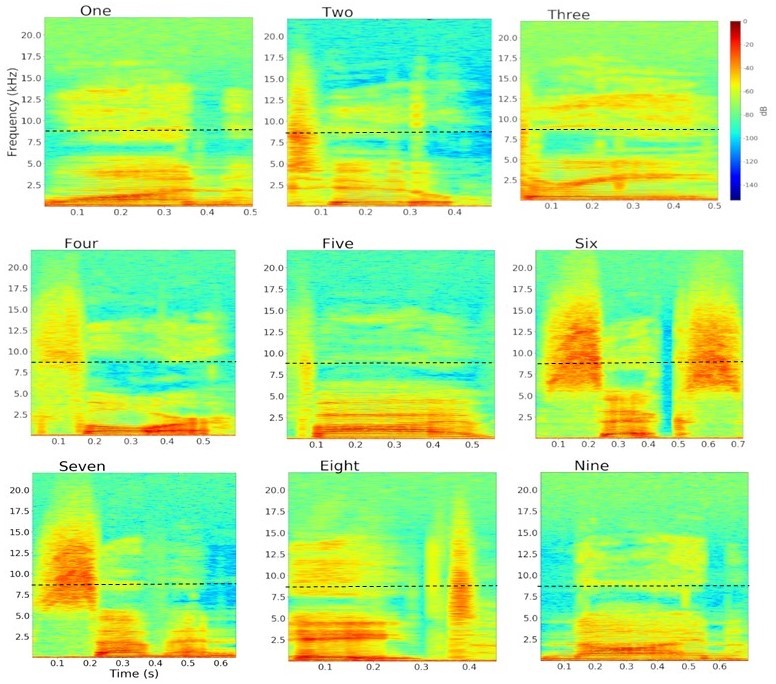
Why is this loss of hearing happening?
We think these problems are probably biological in origin. There is good evidence that kids who have repeated middle ear disease in infancy, many of whom get tubes in their ear drum, have a bacterial infection that permanently damages the most ‘basal’ part of the cochlea that is closest to the middle ear and that is responsible for EHF hearing.
Other evidence shows that extreme EHF hearing (20 kHz) reaches a peak at around 6 years of age then starts to decline, suggesting that it may be under some form of genetic programming. In either of these scenarios, children would be affected very early.
Findings of this study suggest that EHF hearing is a long-sought missing link between audiometry and speech perception and may be a sensitive predictor of age-related hearing loss much earlier in life when preventive measures can be effectively deployed.
There is a major revolution taking place in drug discovery that has led to the formation of more than 30 start-up companies specifically to prevent or recover damaged hearing. Some of these treatments may become available within the next few years. This paper will encourage clinical trials in both children and adults where the methods used in this study could become the standard to monitor outcomes.
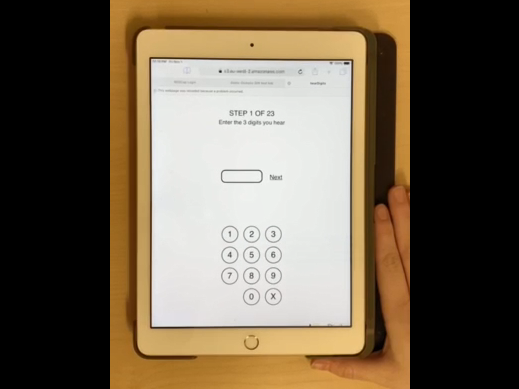
Co-authors on this study also include Noah Silbert, PhD, Katherine Sternasty, PhD, De Wet Swanepoel, D.Phil, and Lisa Hunter, PhD.
This research was supported by NIH grant R21DC016241, the Cincinnati Children’s Research Foundation, and the College of Allied Health at the University of Cincinnati.
—This blog post was co-authored by David R. Moore, PhD, and Lina Motlagh Zadeh, PhD.
| Original title: | Extended high-frequency hearing enhances speech perception in noise |
| Published in: | PNAS |
| Publish date: | Nov. 4, 2019 |
Research By

